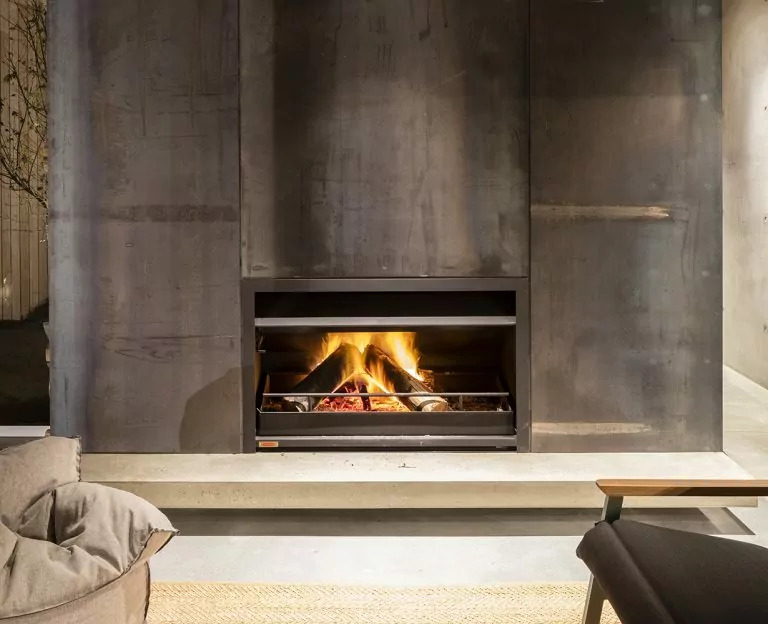
Sources of Change in Efficiency and Eco-Friendly Impact
Generally speaking, the presence of laws and regulations at different levels of government have brought new restrictions. They’ve understandably addressed concerns to businesses selling fireplaces about the levels of emissions they have had as well as the extent of the fuels that are utilized for producing energy.
The most widely used fuel is that of the wood and they’re probably the ones among all others to be inefficient in burning as well as highest in the emissions that affect the environment. Cutting of trees is also matter that’s opposite of eco-friendly under these circumstances.
Pellets, as a source, have become so effective on the account of a number of different characteristics, such as thermostatic options in regulating heat. This drives a great degree of control in managing heat.
Both wood and pellets have become the fuels with the potential to have the greatest impact. But, why?
Laws and Regulations have made the Businesses better
Businesses, by their own admission, have highlighted laws and regulations have driven them to innovate on multiple points when it has come to changing indoor fireplaces.
Some of the stoves using wood can burn a single load up to 40 hours and can create enough heat for an entire living space. Their constructed additions as well as the choice of wood have also driven the emissions by about 300%.
These details are driving themselves in reflecting consumer behavior too. It’s because 85-90% of the sales in indoor fireplaces have been out of woods and pellets.
Pellets, of course, is the best possible choice among all because of the degree of control they present.
Based on them, it’s possible that your indoor fireplaces can become highly efficient and eco-friendly.
